Raising Rabbits: A Comprehensive Guide for New Pet Owners
Introduction
Raising rabbits can be a truly rewarding experience, whether you’re a seasoned pet owner or new to animal care. Rabbits are affectionate, intelligent creatures that bring joy to any household. But to ensure your rabbit thrives, it’s crucial to understand their specific needs.
In this guide, we’ll cover everything you need to know about raising rabbits—from choosing the right breed to providing optimal care and nutrition.
Why Rabbits Make Wonderful Pets
Rabbits are known for their gentle nature and playful energy. They quickly bond with their owners and can even learn tricks with proper training. Unlike other small pets, rabbits are relatively quiet, making them great for apartment living. They are also clean animals that can be litter-trained, making them an ideal choice for families and individuals alike.
However, rabbits do require commitment and attention. With a lifespan of 8 to 12 years, raising a rabbit is a long-term responsibility. If you’re ready to provide love, care, and attention, a rabbit can make a delightful addition to your family.
Setting Up a Comfortable Habitat for Your Rabbit
Creating a comfortable living space is one of the first steps in ensuring your rabbit feels secure and happy. Rabbits require room to run, jump, and play. A suitable habitat is essential to keep them healthy and stress-free.
1. Choosing the Right Hutch or Cage
When choosing a home for your rabbit, size is crucial. Your rabbit’s cage should be large enough for them to move around freely—at least four times the size of the rabbit. It’s best to choose a cage with solid flooring to prevent injuries to their feet, as wire floors can cause discomfort and sores.
The hutch should also have a secure door and plenty of ventilation. Indoor rabbits can live in a large pen or bunny-proofed room, while outdoor rabbits need a well-insulated hutch to protect them from the elements. Make sure the cage includes a designated area for eating, sleeping, and using the litter box.
2. Rabbit-Proofing Your Home
If you plan to let your rabbit roam free in your home, it’s essential to rabbit-proof the space. Rabbits love to chew, so hide electrical cords, cover wooden furniture, and remove any hazardous materials that your rabbit might ingest. You can use cord protectors and baby gates to section off parts of the house where the rabbit isn’t allowed.
Essential Nutrition for Raising Rabbits
Feeding your rabbit the right diet is key to maintaining their health and longevity. A balanced diet will keep your rabbit’s digestive system running smoothly and support their dental health.
3. The Importance of Hay in a Rabbit’s Diet
The majority of your rabbit’s diet should consist of hay: it promotes healthy digestion and naturally wears down their continuously growing teeth. Timothy hay is the most common choice, but other varieties like oat or orchard grass can also be offered.
Ensure that fresh hay is constantly available for your rabbit. It should be clean and dry, and stored properly to avoid contamination. Fresh water should also be available at all times to keep your rabbit hydrated.
4. Vegetables and Fresh Greens
In addition to hay, rabbits enjoy fresh vegetables. Leafy greens are great options, such as parsley, kale, and romaine lettuce. However, some vegetables, like iceberg lettuce and spinach, should be avoided as they can cause digestive issues.
Be cautious when feeding your rabbit fruits, as they are high in sugar. Offer fruits like apples, strawberries, or bananas sparingly, as an occasional treat.
5. Commercial Pellets
Rabbit pellets are another important component of a balanced diet. These should be given in moderation, as overfeeding can lead to obesity. A good rule of thumb is to feed one-quarter cup of pellets per five pounds of body weight. Make sure the pellets you choose are high in fiber and free of artificial additives.
Socializing and Bonding with Your Rabbit
Rabbits are highly social animals that enjoy interaction with their owners. Building a strong bond with your rabbit will help them feel more comfortable and secure.
6. Spending Quality Time with Your Rabbit
The best way to bond with your rabbit is to spend time together daily. Sit quietly with your rabbit, offer treats, and gently pet them.
Rabbits can be skittish at first, but with patience, they will come to trust you. It’s important to let your rabbit approach you on their terms rather than forcing interaction.
7. Providing Mental Stimulation
Being intellectual creatures, rabbits require mental stimulation in order to remain content. Bored rabbits can become destructive or develop behavioral issues. Provide your rabbit with plenty of toys to chew, balls to roll around, and tunnels to explore. You can also create obstacle courses to keep them active.
Health and Grooming: Keeping Your Rabbit in Top Shape
Maintaining your rabbit’s health involves regular vet visits, grooming, and keeping a close eye on their behavior.
8. Grooming Your Rabbit
Rabbits groom themselves, but they still need your help, especially during shedding season. Regular brushing can prevent hairballs, which can be dangerous for rabbits if ingested. If your rabbit is a long-haired breed, they may require more frequent grooming to avoid matting.
Trimming your rabbit’s nails is also important. Overgrown nails can be uncomfortable and potentially cause harm. If you’re unsure how to trim their nails, ask your vet to demonstrate the proper technique.
9. Monitoring Your Rabbit’s Health
Rabbits are good at hiding signs of illness, so it’s crucial to monitor their eating, drinking, and behavior closely.
Respiratory infections, gastrointestinal disorders, and tooth problems are common health problems. If you notice any changes in your rabbit’s behavior, appetite, or stool, consult a veterinarian immediately.
10. Litter Training Your Rabbit
Rabbits can be litter-trained, which makes cleaning up after them much easier. Place a litter box in their cage or play area and use rabbit-safe litter, such as paper-based pellets. Rabbits tend to urinate in one spot, so once they pick their spot, place the box there to encourage them to use it.
Conclusion: A Rewarding Experience
Raising rabbits is a deeply rewarding experience that requires time, patience, and love. With proper care, your rabbit will become a cherished member of your family. By following these guidelines, you’ll ensure that your rabbit lives a long, happy, and healthy life.
Remember, the key to successful rabbit care is understanding their needs and creating a safe, loving environment. Whether you’re a first-time rabbit owner or expanding your family, these tips will help you raise a happy, healthy bunny.
Call-to-Action:
Looking for more tips on small pet care? Check out our guide on Best Bunny to Have as Pet for more expert advice on raising small, lovable pets
References



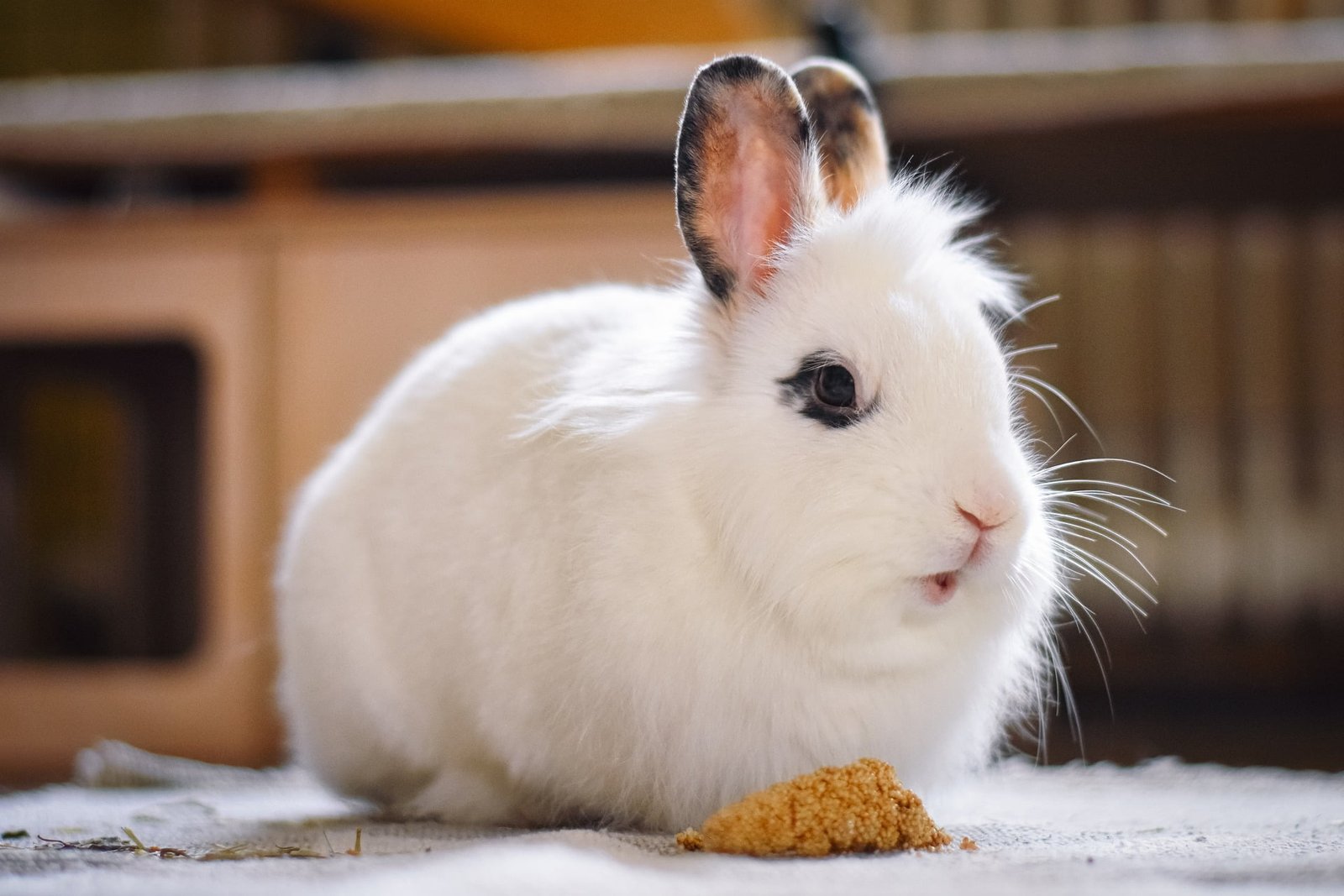
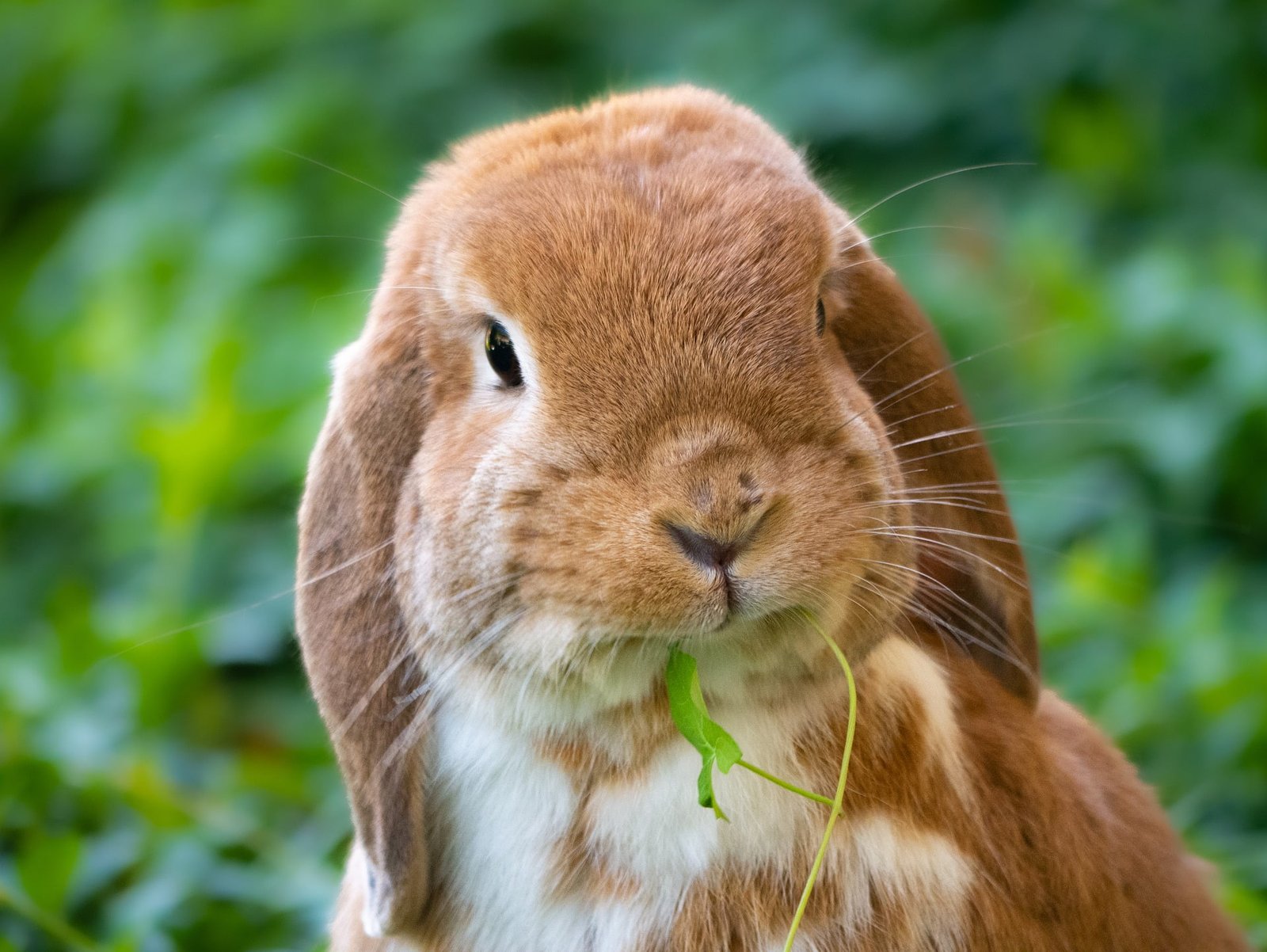
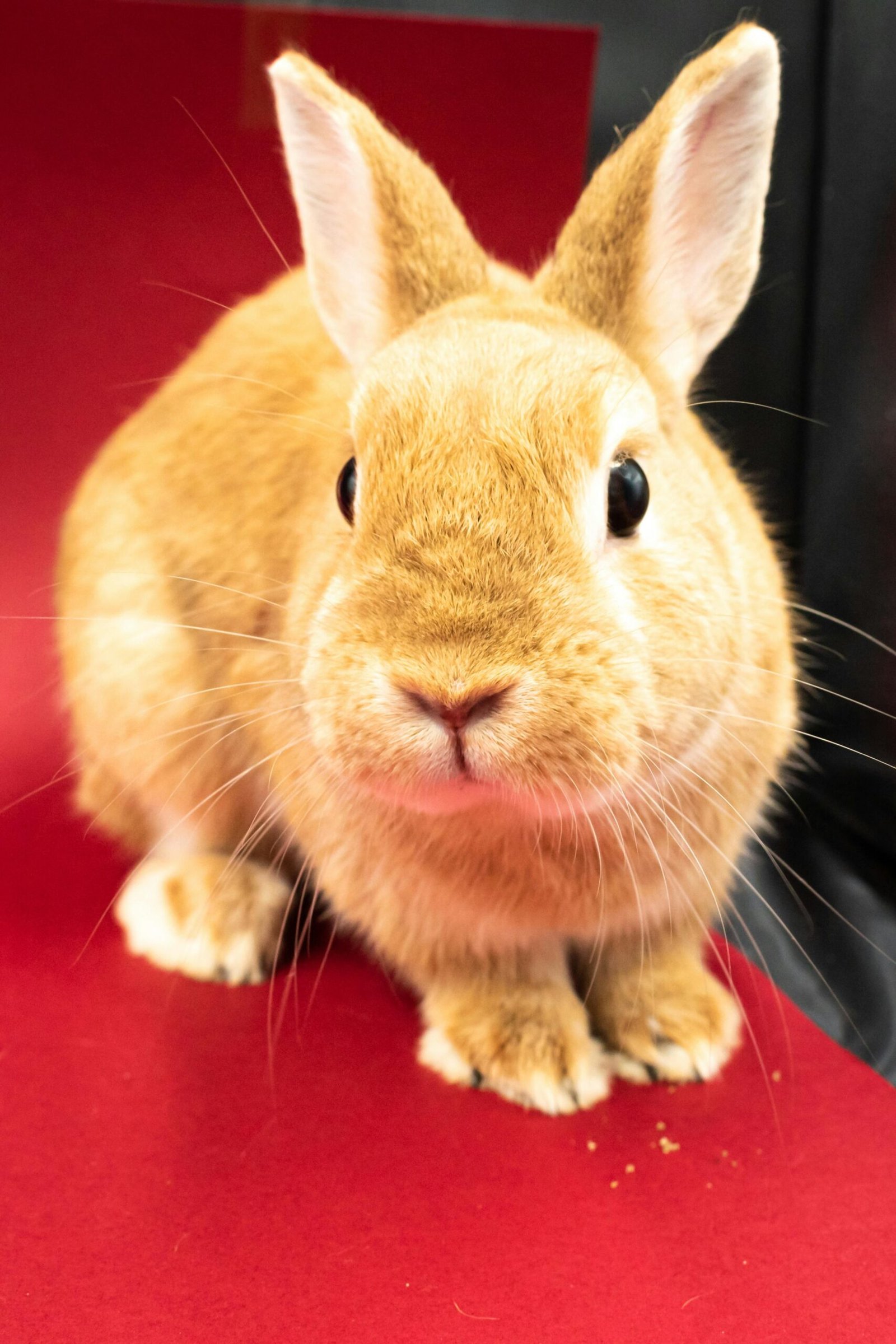
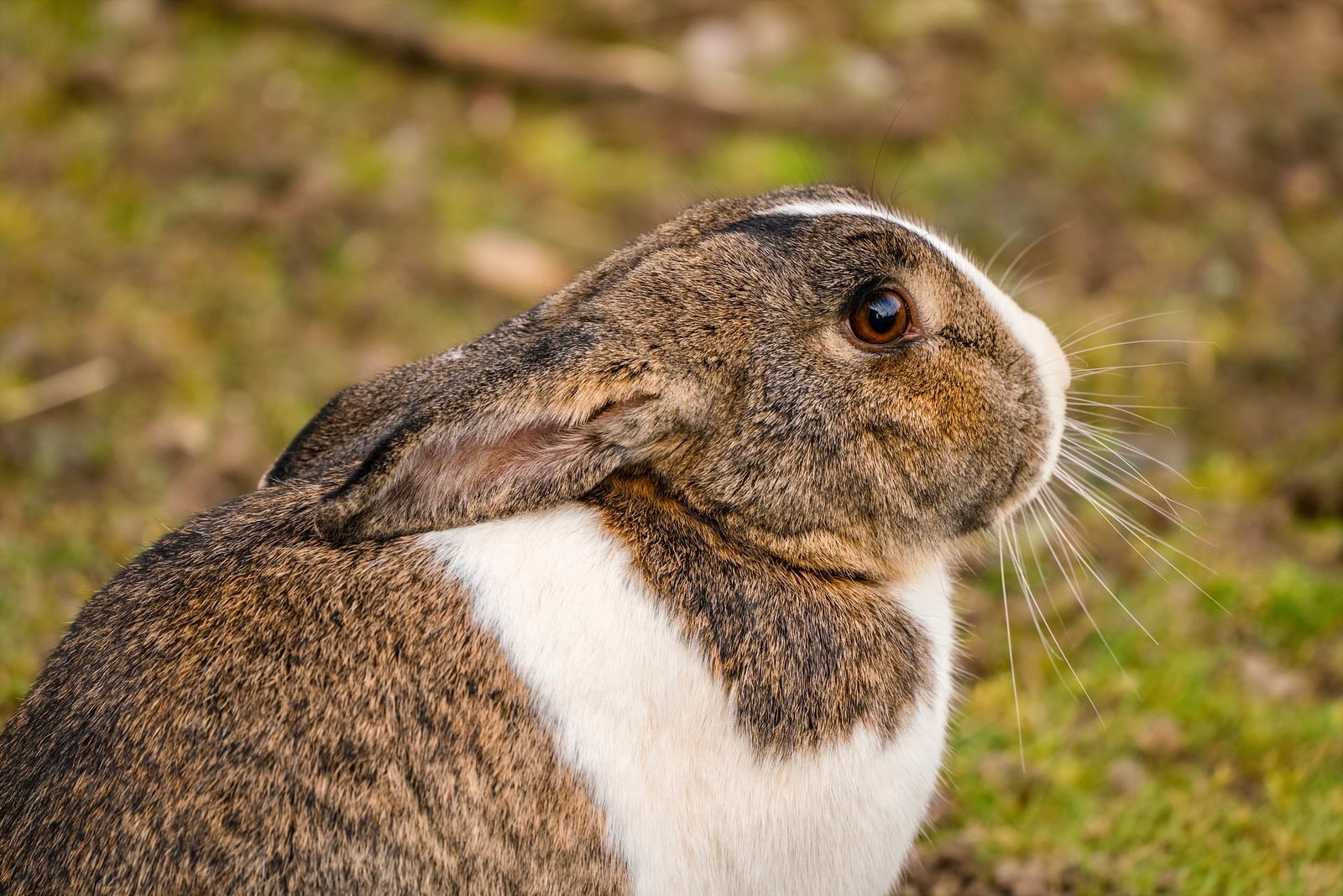
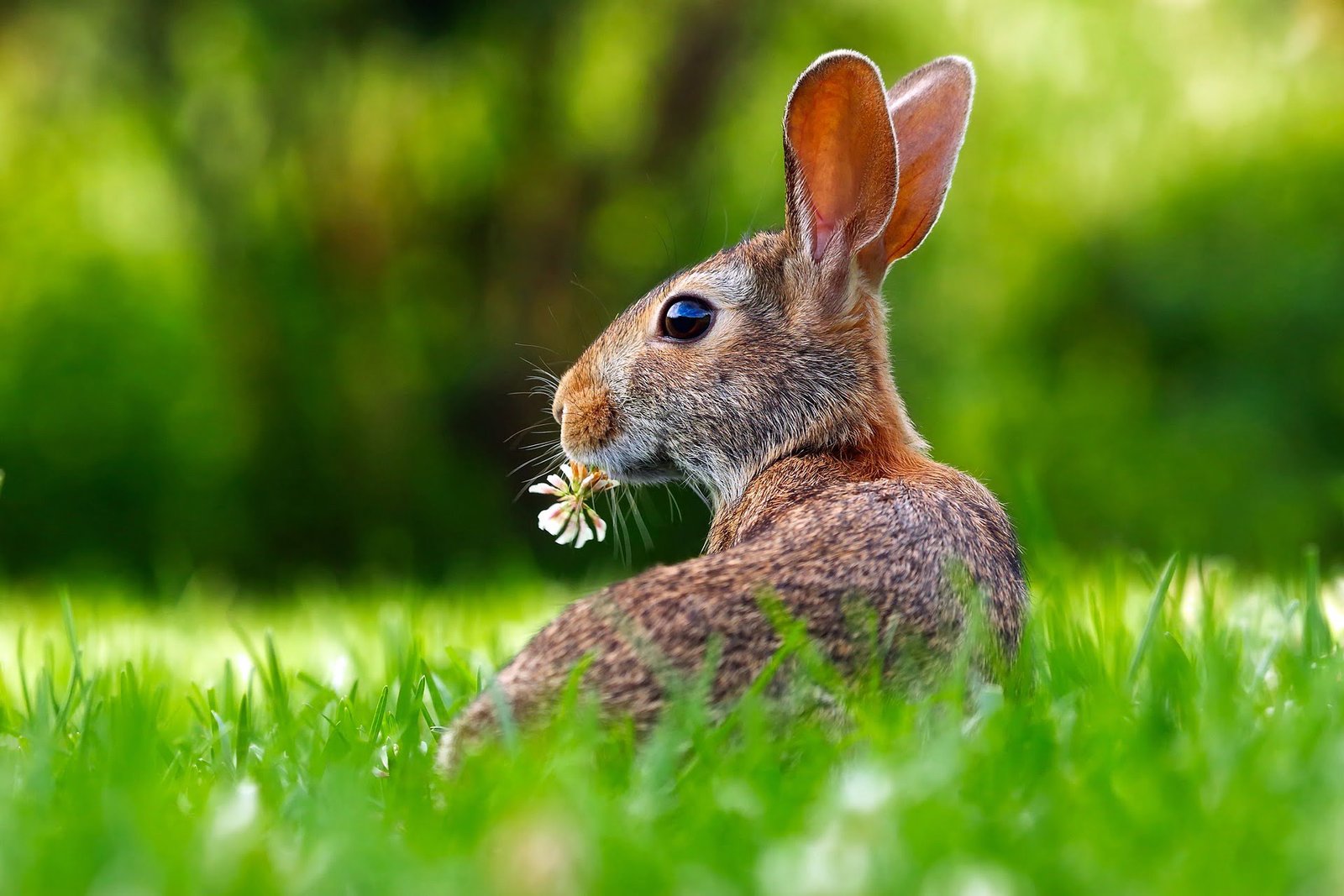
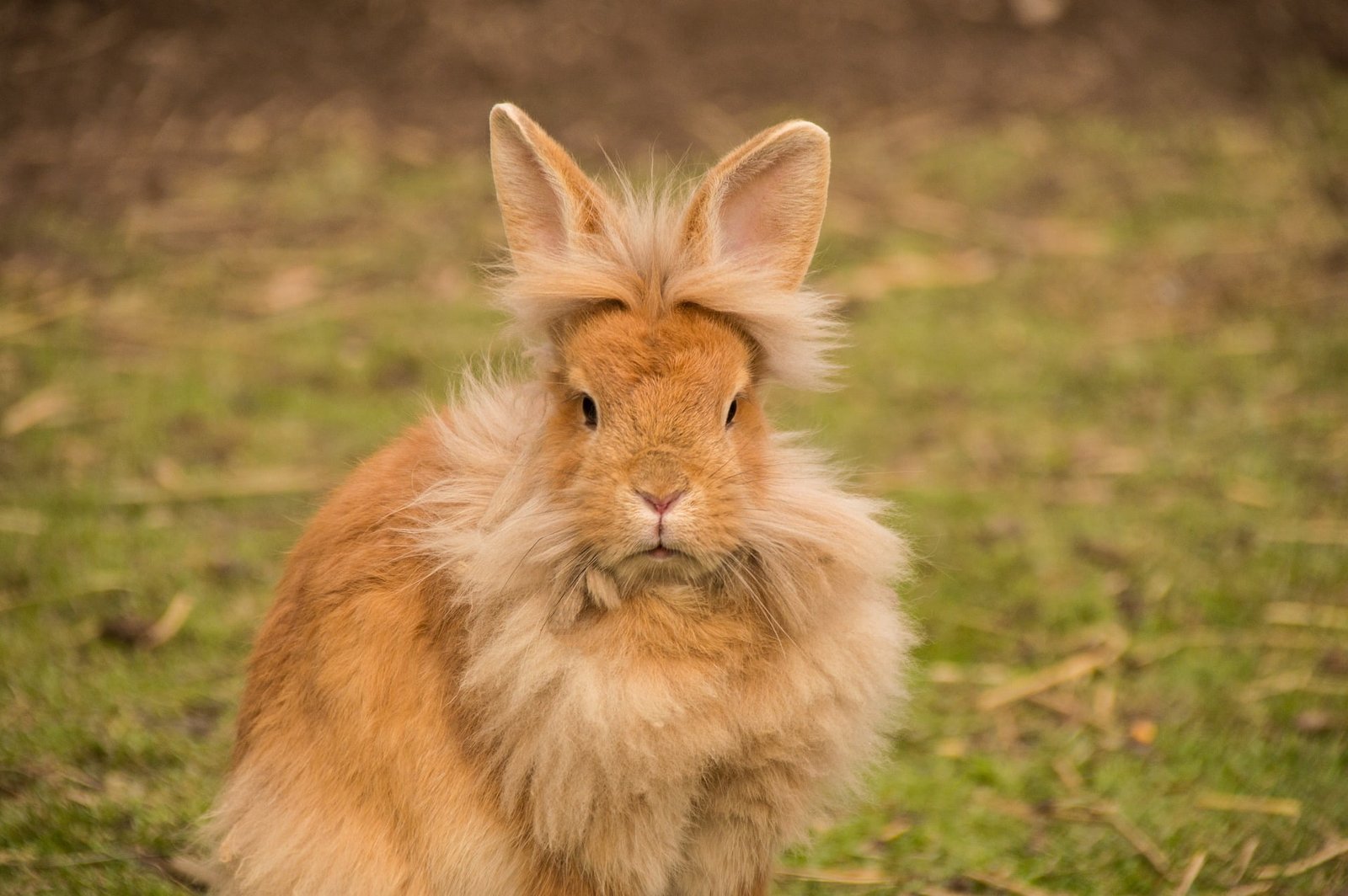


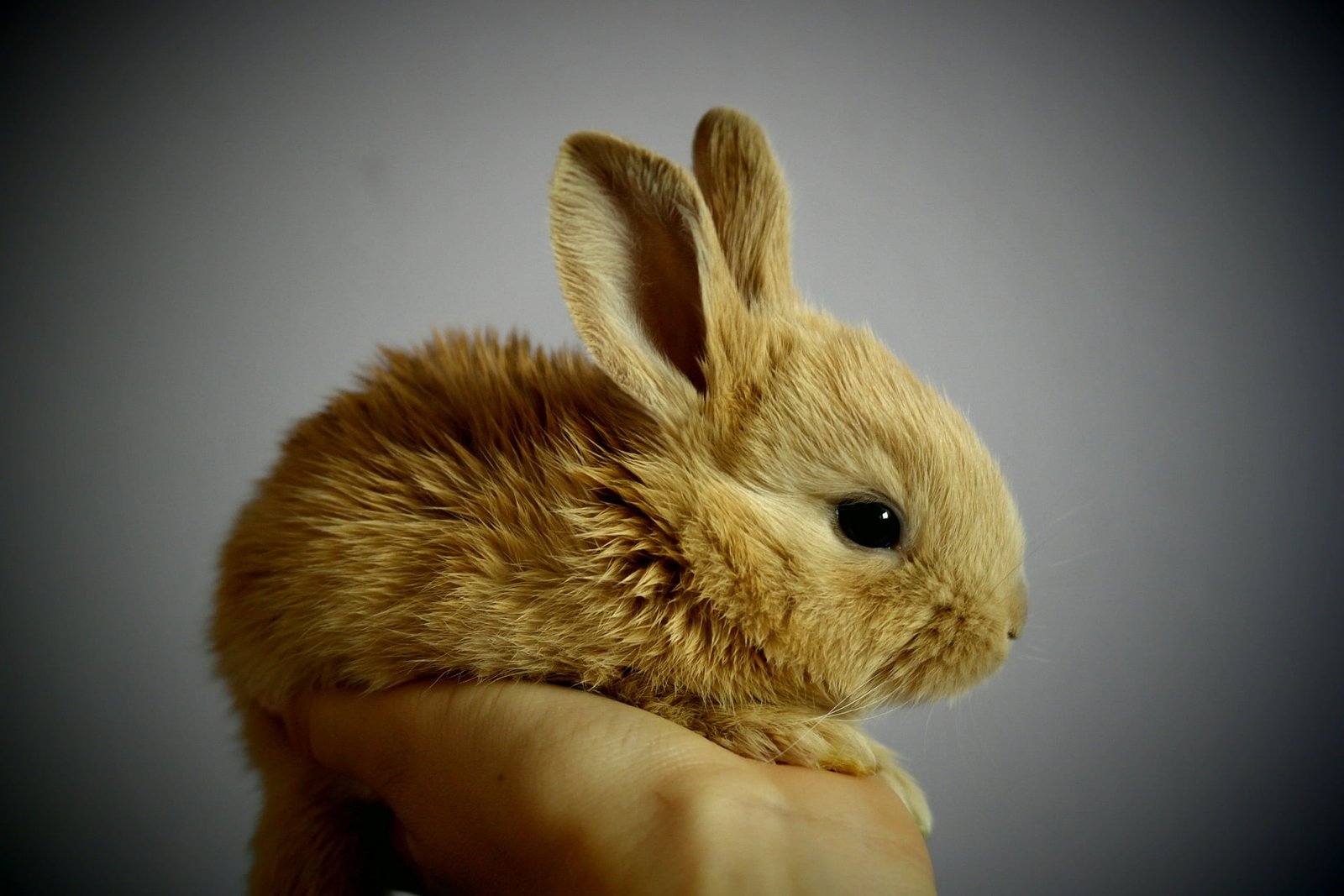


Pingback: 10 Best Bunnies To Have As Pets | PETS LOVER BLOG